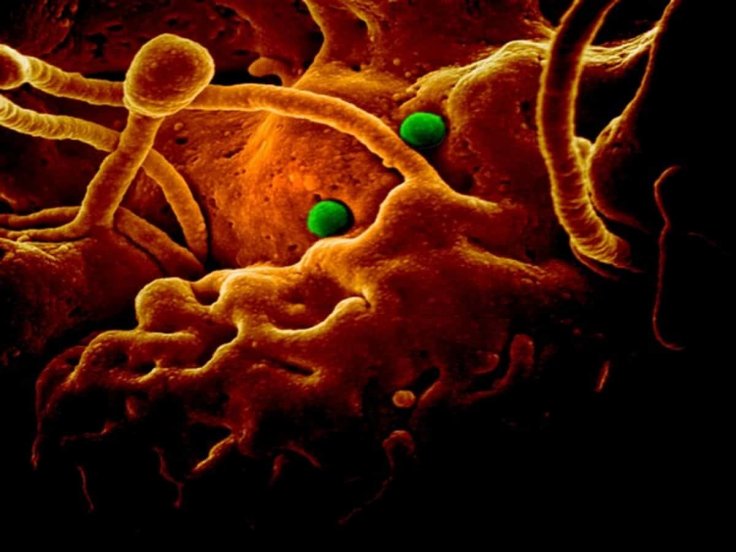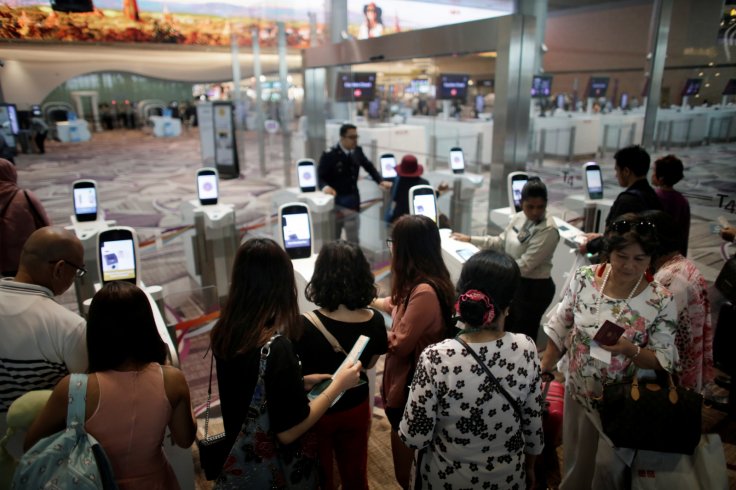The new strain of coronavirus that appeared in the central Chinese city of Wuhan in December has turned into a global scare fast spreading to other cities in China and to neighbouring countries in Asia such as South Korea, Thailand and Japan.
Coupled with it, millions of people in China are travelling to celebrate the Lunar New Year holiday forcing the airports across the Asian cities to start thermal screening of them, while researchers are apprehensive that infections will only increase.
Wuhan local animal market
Reports from China traced the illness to have probably originated in a Wuhan animal market, which has since been closed but resulting in human-to-human transmission. On Monday, Chinese authorities said that even health-care workers have been infected, indicating that the pathogen's ability to spread between people is growing faster than previously thought.

The number of people known to have been diagnosed with the lethal respiratory illness has more than doubled in the past few days. As of Sunday, Jan. 20, Chinese government officials reported 136 new cases in Wuhan alone, where the outbreak began, leaving aside many more reported elsewhere in China. In all, 221 cases have been reported in China as of Tuesday, while four more have been reported across the borders.
South Korea was the first neighbour to have reported its first infection. So far, six people with the illness are known to have died. "This could be the beginning of a disaster," says Seungtaek Kim, a virologist at the Institut Pasteur Korea in Seongnam, South Korea.
Japan Olympics 2020
While Japan too reported its first case, the country preparing for the 2020 Olympics, is worried over the impact of the outbreak in neighbouring countries. Apart from Ebola virus for which Tokyo is importing vaccines is now facing a bigger threat nearer home with the Wuhan coronavirus.

The latest coronavirus family has the pathogen that causes severe acute respiratory syndrome, or SARS, that killed hundreds of people in 2002-03 in China. Apart from South Korea and Japan, even Thailand has reported two cases with similar pathogen.
India, another neighbour of China has already ordered thermal screening of China-origin flight passengers in seven airports across the country besides rushing to the World Health Organization for remedial course of action.
Rate of increase alarming
Scientists are worried that the rate of increase in new cases is reaching a proportion of an outbreak beyond the geographic borders suggesting that the virus is spreading more quickly than reported by authorities. Though the origin was traced to Wuhan animal market that was closed on Jan.1, the new cases being reported elsewhere among the people who never visited the market is an alarming signal for scientists.

Linfa Wang, director of the Emerging Infectious Diseases programme at Duke-NUS Medical School in Singapore said the initial cases might include some of the 'first generation' human-to-human infections, those being reported in other locations such as Japan, Thailand, Beijing and Shenzhen could be part of a second generation of human-to-human cases.
Researchers at Imperial College London have simulated the travel pattern to Wuhan and out to show that probably some 1,700 people have been infected with the coronavirus, with possibility for to multiply soon elsewhere in the world.
What scientists say
While Chinese scientists have identified the new virus, other research groups have sequenced six different samples of the virus. The new coronavirus is related to the virus that caused SARS in 2002 but so far, it did not show up the transmissibility of SARS, said Japanese virologist Yoshihiro Kawaoka of the University of Tokyo.
The mortality rate of the new virus was 1.5% among the reported cases while the SARS had 15%, noted scientists citing the three deaths from 200 reported cases as of Sunday. But he did not rule out the possibility that the new virus could mutate into something more easily transmitted and more virulent.
Past cases of coronavirus
In Malaysia, a similar scare surfaced in 2017 with a different strain of conronavirus, known as Middle East respiratory syndrome coronavirus or (MERS-CoV) that affected a 55-year-old Malaysian man on a pilgrimage to Saudi Arabia from December 13 to 23, 2017. He had reportedly contracted the virus while visiting a camel farm in Riyadh. In 2014 too, Malaysia reported first case of the coronavirus.
From September 2012, WHO has reported 2,123 cases of coronavirus MERS-CoV in 27 countries that resulted in 740 deaths. People suffering from diabetes, renal failure, chronic lung disease, and weak immunity are at high risk, according to WHO.
With the threat of Wuhan Coronavirus, WHO is under seize from Asian and other governments on guidelines and remedial measures to face the outbreak.









